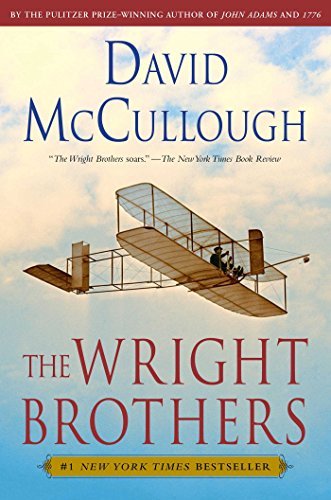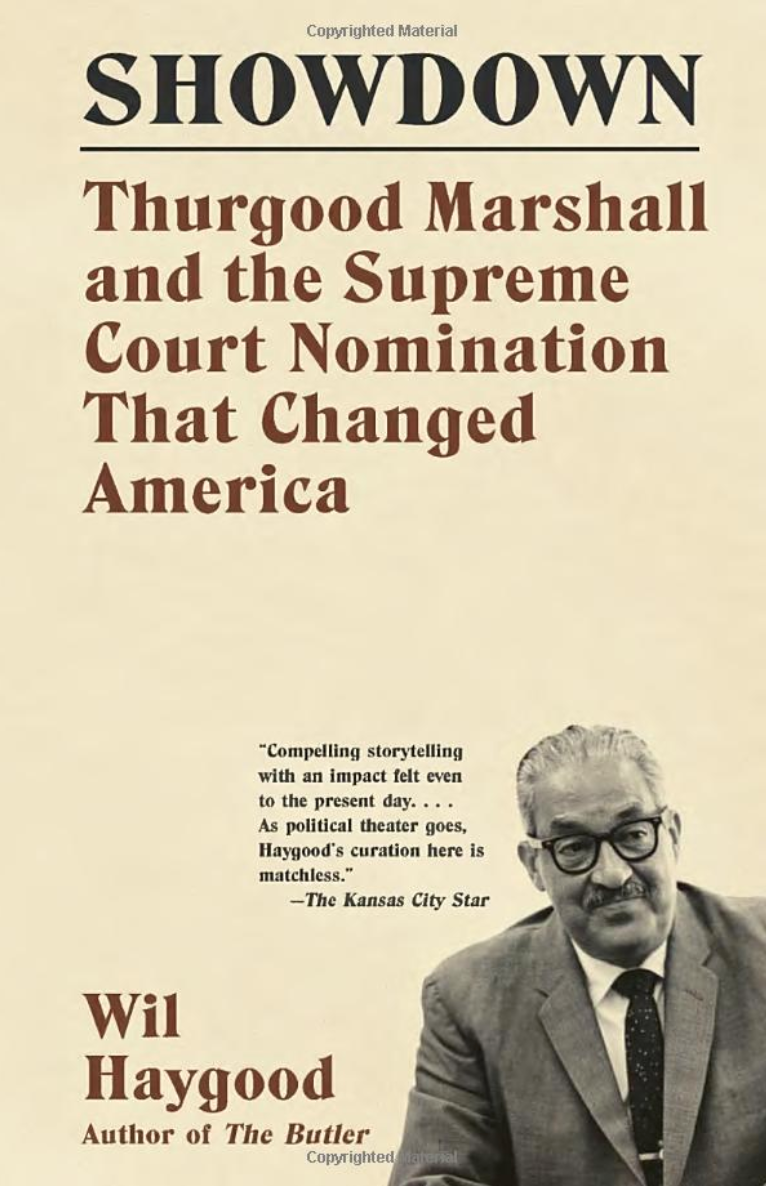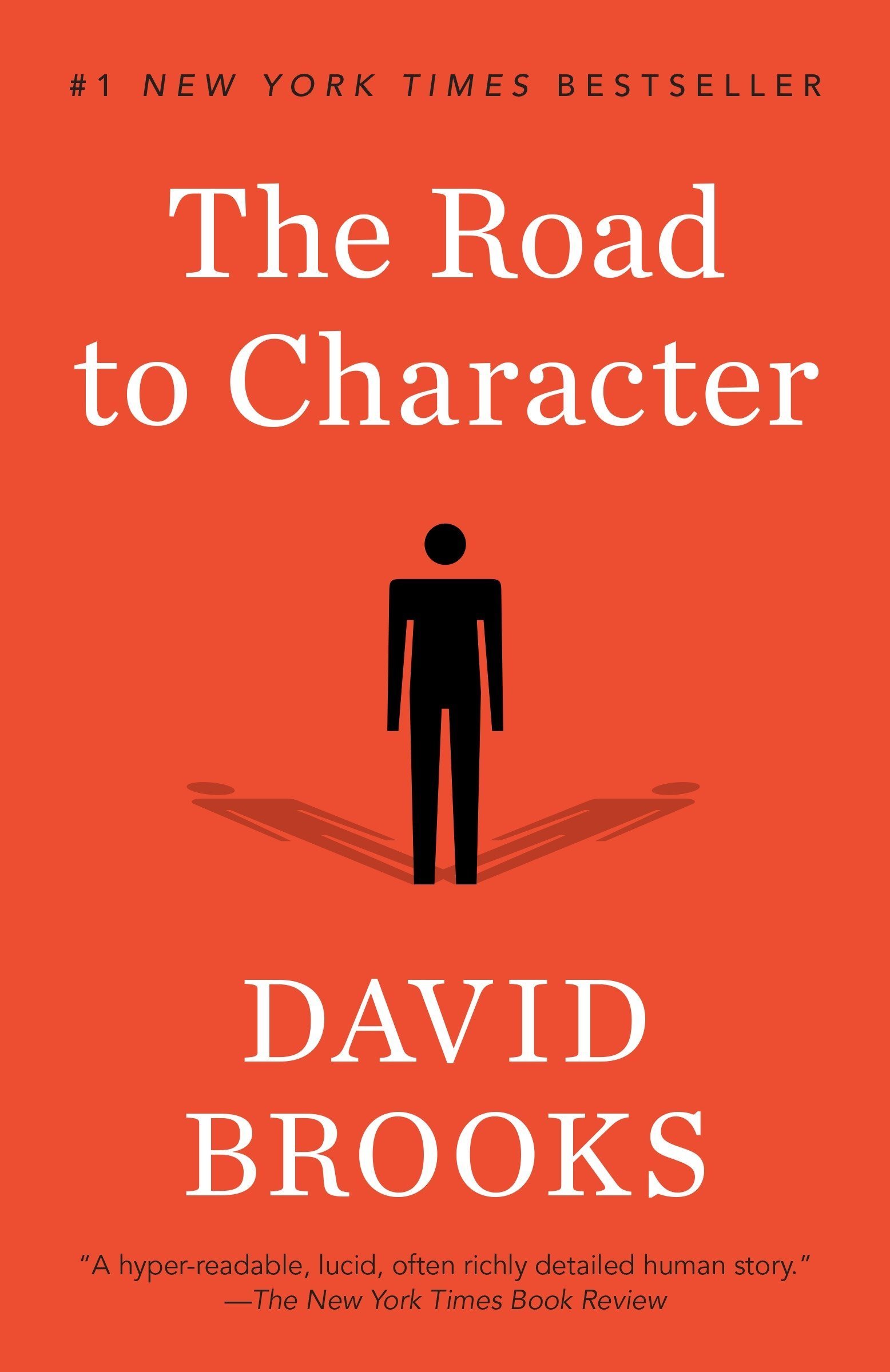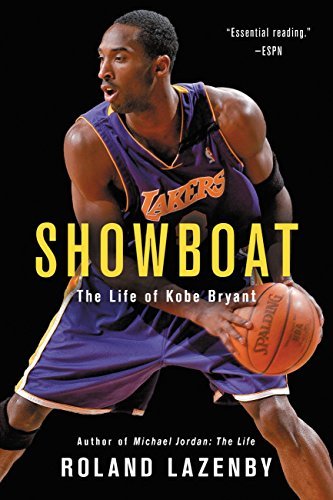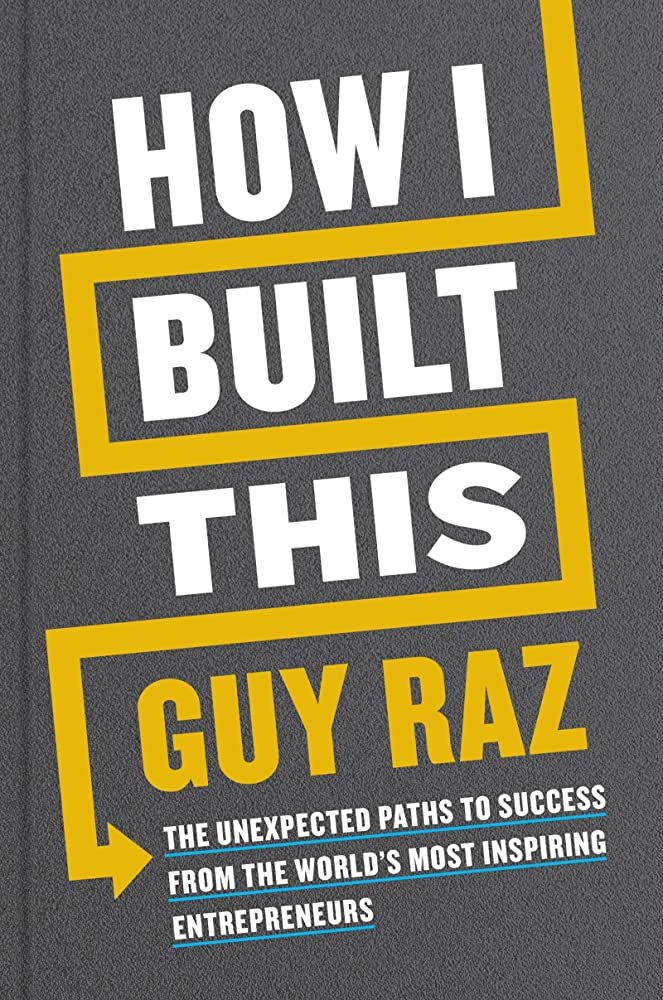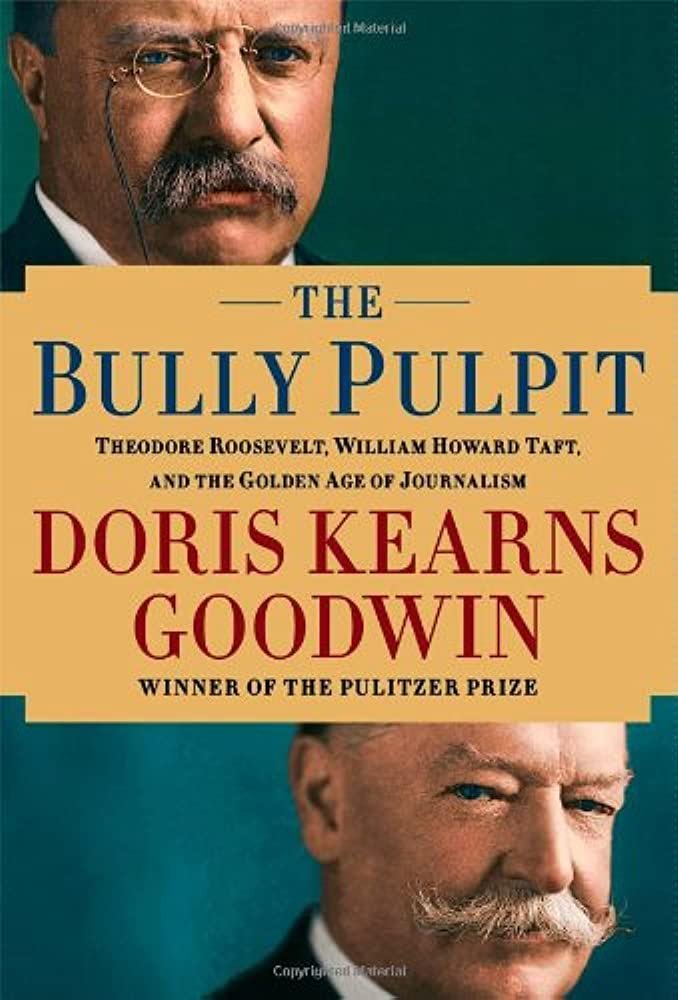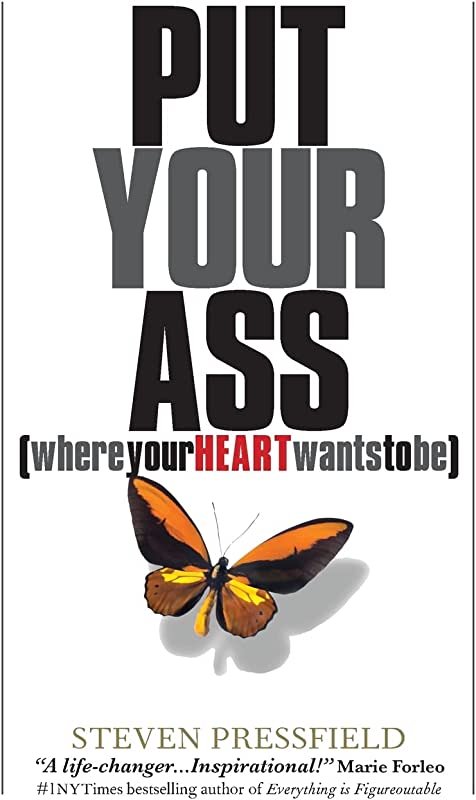The Wright Brothers by David McCullough
Date read: 5/20/23. Recommendation: 9/10.
Another favorite by one of the best biographers—David McCullough. The Wright Brothers tells the fascinating story of an unlikely duo—Wilbur and Orville Wright—who defied the odds with limited resources and connections to become the first to master human-controlled flight. It’s an incredible tale of humble beginnings, resourcefulness, calculated risks, and seeking meaning over influence. While the Wright brothers faced competitors who poured upwards of $100,000 into failed experiments in aviation, all said and done, the Wright brothers spent a little less than $1,000 in their efforts, all self-funded through their bicycle shop in Dayton, Ohio. Great lessons on the advantage held by outsiders—when you don’t have to play by the same rules or face the same level of obligations or pressure that industry insiders might, you operate with a level of freedom and flexibility that drives innovation. Brilliant biography and well worth your time.
Check out my notes below or Amazon for details and reviews.
My Notes:
Beginnings:
“What the two had in common above all was unity of purpose and unyielding determination. They had set themselves on a ‘mission.’” DM
“The Wright family book collection, however, was neither modest nor commonplace. Bishop Wright, a lifelong lover of books, heavily championed the limitless value of reading.” DM
“But it isn’t true to say we had no special advantages…the greatest thing in our favor was growing up in a family where there was always much encouragement to intellectual curiosity.” Orville Wright
Wright Cycle Company:
In the spring of 1893 Wilbur and Orville opened their first small bicycle shop selling and repairing bicycles. By 1895 they were selling about 150 bicycles per year. They soon began making their own bicycles which sold for $65 and the model was called the Van Cleve.
Bicycles were the sensation of the time but were proclaimed morally hazardous. “Because of bicycles, it was said, young people were not spending the time they should with books, and more seriously that suburban and country tours on bicycles were not ‘infrequently accompanied by seductions.’” DM
Even after they became interested in flight, they kept the bicycle shop going so they had a steady source of income to pay for their own experiments. Octave Chaunte tried to talk them out of it and offered to provide financial assistance to the brothers but they were unwilling to accept.
Sharpened ice skates (15 cents each) during the winter to create additional income at the shop.
Early inquiries into human flight:
1899 Wilbur wrote to the Smithsonian Institution in Washington requesting documents or books on the subject. The Smithsonian sent a generous supply of pamphlets on aviation. Wilbur and Orville started studying.
“In the Summer of 1899, in a room above the bicycle shop on West Third Street, the brothers began building their first aircraft, a flying kite made of split bamboo and paper with a wingspan of five feet. It was a biplane with double wings, one over the other…” DM
“On May 13, 1900, Wilbur wrote a letter to Octave Chanute—his first letter to the eminent engineer—asking for advice on a location where he might conduct flying experiments, somewhere without rain or inclement weather and, Wilbur said, where sufficient winds could be counted on, winds, say, of 15 miles per hour. The only such sites he knew of, Chaunte replied, were in California and Florida, but both were ‘deficient in sand hills’ for soft landings.” DM
“In an answer to an inquiry Wilbur sent the United States Weather Bureau in Washington about prevailing winds around the country, they were provided extensive records of monthly wind velocities at more than a hundred Weather Bureau stations, enough for them to take particular interest in a remote spot on the Outer Banks of North Carolina called Kitty Hawk, some seven hundred miles from Dayton….To be certain Kitty Hawk was the right choice, Wilbur wrote to the head of the Weather Bureau station there, who answered reassuringly about steady winds and sand beaches. As could be plainly seen by looking at a map, Kitty Hawk also offered all the isolation one might wish for to carry on experimental work in privacy.” DM
The first full-sized glider they would ship to Kitty Hawk and reassemble cost $15 and had a wingspan of 18 feet.
They were relentless in their work ethic, never sat still. During times that they were in Dayton working at their bicycle shop during the day, they would work every single night on their scientific investigations into human flight. Built a wind tunnel in the back of the bicycle shop.
Calculated risks:
“The man who wishes to keep at the problem long enough to really learn anything positively must not take dangerous risks. Carelessness and overconfidence are usually more dangerous than deliberately accepted risks.” Wilbur Wright
Never flew together for this reason. They knew how dangerous it was to fly. If one was killed, the other would have to be on the ground to carry on the work.
Competition:
Samuel Langley, eminent astronomer and head of the Smithsonian. One of the most well-respected scientists in the nation. “His efforts in recent years, backed by substantial Smithsonian funding, had resulted in a strange-looking, steam-powered, pilotless ‘aerodrome,’ as he called it, with V-shaped wings in front and back that gave it the look of a monstrous dragonfly. Launched by catapult from the roof of a houseboat on the Potomac River in 1896, the year of Lilienthal’s death, it flew more than half a mile before plunging into the water.” DM
Langley maintained extreme secrecy about his efforts. Cost $70,000 to build an airship called “The Great Aerodome.” $50,000 was public money—Smithsonian resources and grants from the US War Department. Langley, Graham Bell, and other friends contributed $20,000 of their own money. Could only fly in perfectly calm weather. When it came time to launch a public demonstration it was launched 1,000 feet then came crashing into the Potomac River. On his next attempt, its wings crumbled, it flipped backward, and plunged into the river 20 feet from where it was launched on a houseboat. The experiment had covered more than 8 years, was a complete failure, and didn’t advance human flight in the slightest.
“Neither brother was ever to make critical or belittling comments about Langley. Rather, they expressed respect and gratitude for the part he had played in their efforts. Just knowing that the head of the Smithsonian, the most prominent scientific institution in America, believed in the possibility of human flight was one of the influences that led them to proceed with their work.” DM
Dozens of other engineers, scientists, and thinkers had tried to tackle the problem of controlled flight: Sir George Cayley, Sir Hiram Maxim (machine gun), Alexander Graham Bell, and Thomas Edison. None had succeeded. “Hiram Maxim had reportedly spent $100,000 of his own money on a giant, steam-powered, pilotless flying machine only to see it crash in attempting to take off.” DM
As outsiders, the Wright brothers faced less pressure, had less to lose than some of the aforementioned figures.
What the Wright brothers learned in their early experiments was that so many of the long-established, supposedly reliable calculations and tables prepared by early authorities in aviation were blatantly wrong and couldn’t be trusted.
Later expeditions to Kitty Hawk:
Fall of 1902, had a third iteration of their glider. In two months, made nearly a thousand glides and resolved the last major control problem. “All the time and effort given to the wind tunnel tests, the work designing and building their third machine, and the latest modifications made at Kill Devil Hills had proven entirely successful. They knew exactly the importance of what they had accomplished. They knew they had solved the problem of flight and more. They had acquired the knowledge and the skill to fly. They could soar, they could float, they could dive and rise, circle and glide and land, all with assurance. Now they had only to build a motor.” DM
In December of 1903, Wilbur made the first successful powered flight and flew a quarter mile through the air in 59 seconds.
“It had taken four years. They had endured violent storms, accidents, one disappointment after another, public indifference or ridicule, and clouds of demon mosquitoes. To get to and from their remote sand dune testing ground, they had made five round-trips from Dayton (counting Orville’s return home to see about stronger propeller shafts), a total of seven thousand miles by train, all to fly a little more than half a mile. No matter. They had done it.” DM
Resourcefulness + Scrappiness:
“The Langley project had cost nearly $70,000, the greater part of it public money, whereas the brothers’ total expenses for everything from 1900 to 1903, including materials and travel to and from Kitty Hawk, came to a little less than $1,000, a sum paid entirely from the modest profits of their bicycle business.” DM
“It wasn’t luck that made them fly; it was hard work and common sense; they put their whole heart and soul and all their energy into an idea and they had the faith.” John T. Daniels
“No bird soars in a calm.” Wilbur Wright
“All the money anyone needs is just enough to prevent one from being a burden to others.” Bishop Wright
Reception:
At first, no one believed they had actually flown in their machine or they were completely disinterested—the public, the US press, and the US government. “Few took any interest in the matter or in the two brothers who were to become Dayton’s greatest heroes ever. Even those riding the interurban line (past Huffman Prairie) seem to have paid little or no attention to what could occasionally be seen in passing, or to the brothers themselves as they traveled back and forth from town on the same trolley looking little different from other commuters.” DM
Dayton papers didn’t break the story or report on successful flights, but a local beekeeper, Amos Root, who ran a trade journal, Gleanings in Bee Culture, was the first to report the story and recognize the genius of what they had done. Root sent a copy to the editor of the Scientific American saying it could be reprinted at no cost—they ignored it.
Transition to Huffman Prairie:
Practice field near Dayton, decided since they had the concept down for their flying machine, they would reduce costs of travel and shipment by staying closer to home to continue to master the art of launching themselves safely into the air, banking, turning a motor-propelled machine, and landing safely.
The brothers finally generated interest as people began to witness demonstrations of the machine firsthand. Only after this did the Dayton press finally catch on.
“By the time the experiments ended, the brothers had made 105 ‘starts’ at Huffman Prairie and thought it time now to put their creation, Flyer III on the market.” DM
By the end of their time at Huffman Prairie, they were making controlled flights of 25 miles or more.
Seek meaning over influence:
When Wilbur was in France, preparing to demonstrate the flying machine, and getting pressure from the reporters to fly before he was ready: “I did not ask you to come here. I shall go out when I’m ready. No, I shall not try to mislead you newspaper men, but if you are not here I shall not wait for you.” DM
After his first successful flight (2 miles, 2 minutes in the air): “Then, very calmly, his face beaming with a smile, he put his hands in his pockets and walked off whistling. That night, while the normally sleepy town of Le Mans celebrated, the hero retired early to his shed.” DM
“That summer Saturday in Le Mans, France, not quite eight years into the new twentieth century, one American. Pioneer had at last presented to the world the miracle he and his brother had created on their own and in less than two minutes demonstrated for all who were present and to an extent no one yet had on anywhere on earth, that a new age had begun.” DM
On Wilbur’s strength of character: “In spite of the sarcastic remarks and the mockery, in spite of the traps set up from everywhere all these years, he has not faltered. He is sure of himself, of his genius, and he kept his secret. He had the desire to participate today to prove to the world he had not lied.” Léon Delagrange
“He went his way always in his own way, never showing off, never ever playing to the crowd. ‘The impatience of a hundred thousand persons would not accelerate the rhythm of his stride.’” DM

